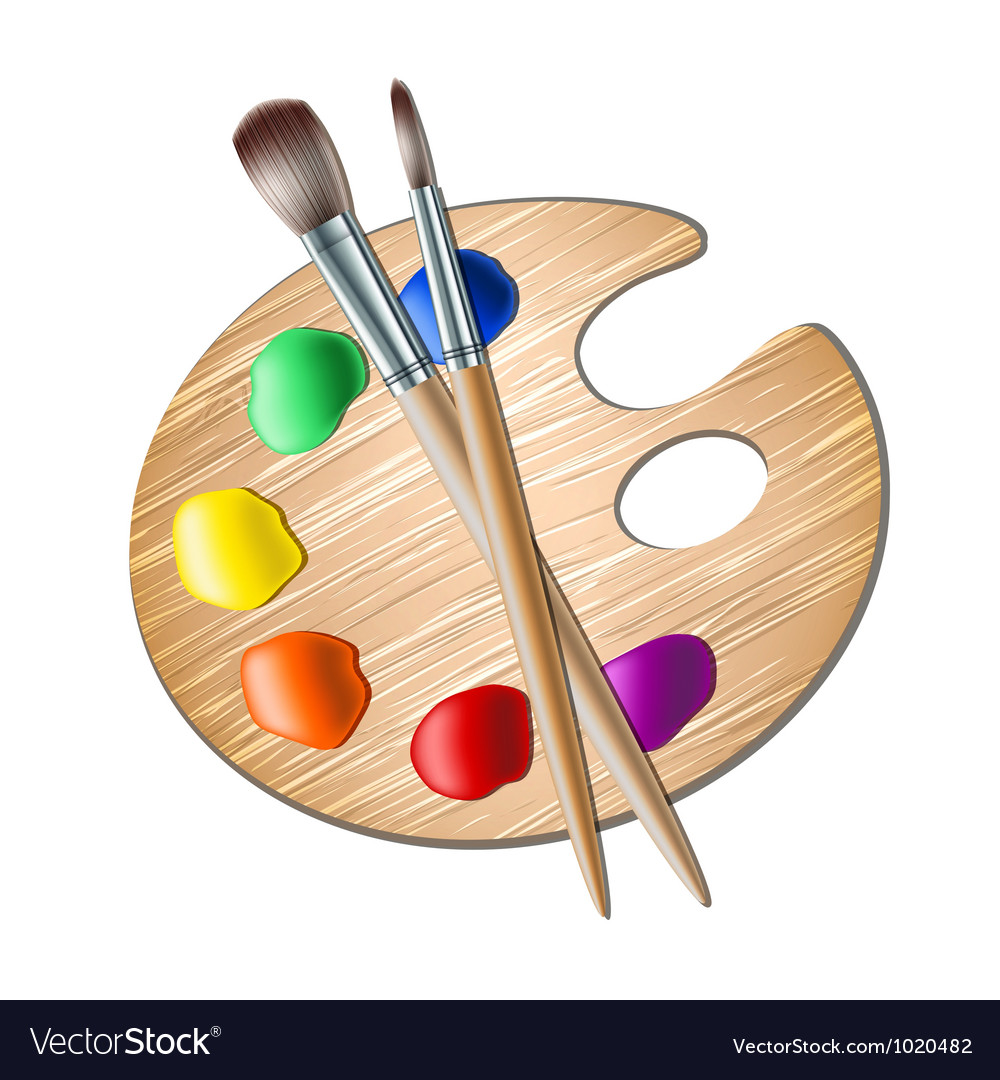Grungy Paint Brushes Wet Paint Brushes Pack Picture Frame Mockup PSD Free Mandala Photoshop Brushes 10 Mandala Photoshop Brushes 8 Free Watercolor Photoshop Brushes 9 20 Painter PS Brushes abr. Vol.2 Paint Swatches PS Brushes 20 Painter PS Brushes abr.Vol.8 20 Painter PS Brushes abr.Vol.6. BOSOBO Paint Brushes Set, 2 Pack 20 Pcs Round Pointed Tip Paintbrushes Nylon Hair Artist Acrylic Paint Brushes for Acrylic Oil Watercolor, Face Nail Art, Miniature Detailing and Rock Painting, Blue. 4.7 out of 5 stars 25,046. $6.64 with Subscribe & Save discount.
Brush tools are general more designed for building, sculpting, and painting than the general utility tools. Like the rest of the tools, they are bound to an item by using the command, and are activated by right-clicking (or left clicking, for those with two actions). They are unbound with the /brushnone command.
Brushes have a few unique settings available to them. Brushes allow you to choose a mask, size, pattern, and range. These allow fine-tuning how you build and paint.
- Brush Listing
- Brush Settings

Brush Listing¶
Sphere brush¶
The sphere brush, as its name suggests, creates sphere at the target point. The -h flag will make a hollow sphere.
/PAINT_COSMICSAPPHIRE_V2-5e2176321d74492bb883cbec4ceb5abd.jpg)
Cylinder brush¶
Download capture for mac. The cylinder brush creates cylinders of the given radius and height. -h is hollow as usual.
Set brush¶
Adobe elements for mac free download. The set brush can set spheres, cylinders, or cuboids of the given size and pattern. It is mostly redundant to the previous two brushes, unless you need a cube.
Clipboard brush¶
The clipboard brush uses your clipboard as a shape and places it at the target location each brush activation. The aebm flags all work just like the paste command. The -o flag is a bit different - it makes the clipboard paste at the brush’s location as the origin. Otherwise, the clipboard is centered to that location. Choose your relative position carefully when copying a clipboard for use with this brush.
Smooth brush¶

Smoothes the area, just like the //smooth command explained in region ops. You can specify the mask of blocks to consider while building a heightmap (this is separate from the mask of blocks that will be affected).
Gravity brush¶
The gravity brush will move blocks downwards within the affected brush area. Using the -h flag will start from the max y, instead of from the top of the brush area.
Forest brush¶
Like the //forest and //forestgen commands, this brush plants trees, using the shape, radius, density, and tree type provided.
Extinguish brush¶
A handy shortcut for a sphere brush of air masked to fire blocks, in case something is burning and you don’t have time to type in 3 commands to put it out.
Butcher brush¶
Just like the //butcherutility command, the butcher brush kills entities in its area. Note that the radius is strictly cylindrical, but goes from minimum to maximum world height. It is not a sphere. By default, it only kills hostile mobs. The flags can be specified to determine what other mobs will be butchered. Download dr java for mac.

Butcher flags
| Flag | Description |
-p | Kills tamed pets |
-n | Kills NPCs |
-g | Kills golems |
-a | Kills animals |
-b | Kills ambient mobs |
-t | Kills mobs with name tags |
-f | Combines all of the above flags |
-r | Kills armor stands |
Deform brush¶
Just like the //deform command described in region operations, this brush will apply an expression to blocks within the area given by the shape and radius. Also just like the command, -r uses raw coordinates, and -o offsets from your placement position. The default is the brush target point.
Raise Brush¶
A special case of the deform brush which uses the expression y-=1.
Lower Brush¶
A special case of the deform brush which uses the expression y+=1.
Brush Settings¶
These commands modify the settings on your currently selected brush only. Each brush you have bound has its own settings.
Not all settings are used by all brushes - the clipboard brush doesn’t have a size setting (it uses your clipboard’s size), the butcher brush doesn’t have a mask or material (it affects entities, not blocks), and so on.
Mask¶
Airbrush Paint
Sets a mask on your current brush, which restricts what blocks will be affected by it. Not specifying a mask will disable it for your brush, allowing it to affect everything again. Note that if you already have a global mask set with //gmask, it will be combined with this one.
Size¶
Brush Paint Brake Caliper
Sets the size of the brush. Generally, this means the radius or affected area. Note that the maximum size is configurable.
Material¶
Sets the pattern used by the brush.
Range¶
Wet Brush Paint Brush Techniques
Sets the maximum range that the brush will try to build at. Note that with a short enough range, brushes will build in mid-air if they can’t find a block in your ray trace.
Trace Mask¶
Paint Brush Brush Illustrator
Sets the mask used for the ray tracer. By default, brushes will perform their action on the first non-air block (or when the trace hits the range, whichever comes first). By setting the tracemask, you can make brushes trace through any block you choose. For example, /tracemask#solid will go through non-solid blocks, such as water. This is useful for building underwater, through walls, and whatever else.
